The Bromley area is now regarded as one of the four most important colonies of work by the radical architects of the Arts and Crafts movement. It features some particularly fine examples from the Queen Anne style that was espoused by the movement: “The Arts & Crafts, emerging as the artistic and cultural arm of a new social and political awakening toward the end of the 19th century…”
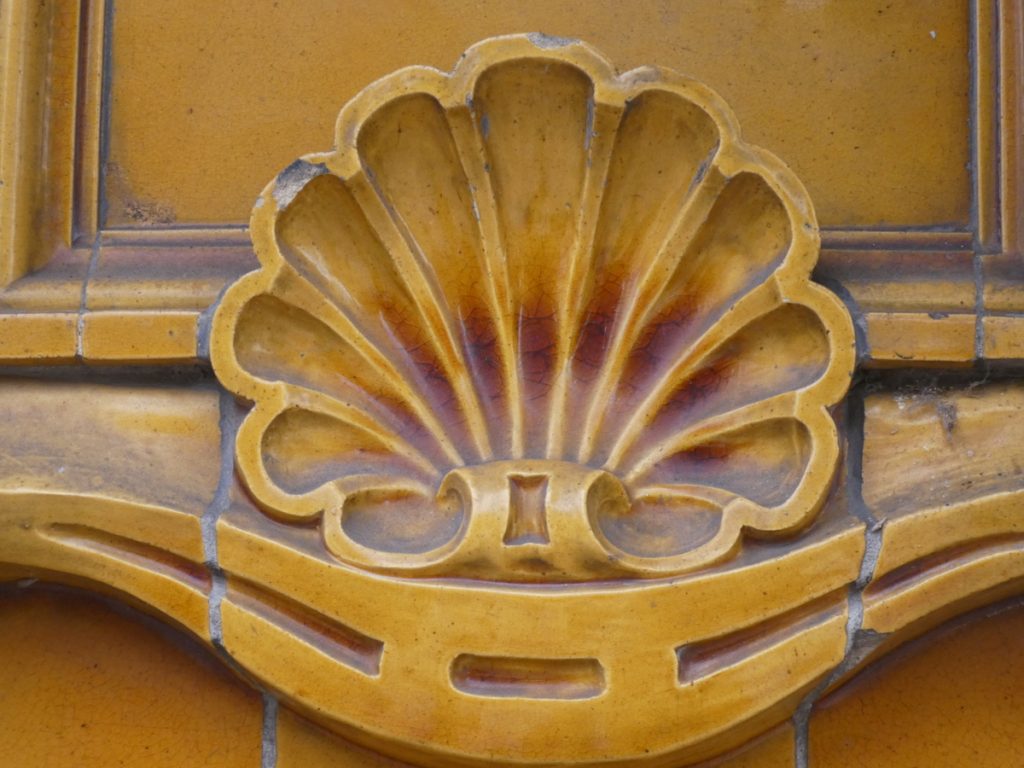
The movement reinvented the traditional buildings of Kent & Sussex. It was exuberant with many variations, such as ‘Old English’ with tile hung walls and half timbering; ‘Queen Anne’ itself, adopting forms from 17th Century with it’s Dutch influences, tall chimneys, clay tiled roofs, red brick and small paned windows.
173-177 High Street, The Royal Bell – Heritage Building Profile
194 High Street, the Partridge – Heritage Building Profile
198 High Street formally Pamphilons – Heritage Building Profile
Arts and Crafts movement – imitation in the Suburbs
Arts And Crafts movement in Bromley
Arts And Crafts Movement in Bromley – Ernest Newton
East Street No. 41, former Southern Suburban Co-operative Society
High Street No. 123, Marks and Spencers – Heritage Building Profile
High Street No. 160, Victoria Chambers, now Primark’s Annex – Heritage Building Profile
High Street No. 179-183 William Hill formerly Martins Bank – Heritage Building
High Street No. 227: The Star And Garter – Heritage building profile
Market square – Central block – Heritage Buildings
The Railway Tavern Public House – Heritage Building Profile
West Street No. 01 Former Electric Company – Heritage Buildings
Photos of some of the fine examples of Arts and Crafts movement in Bromley town centre:


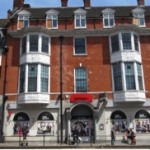
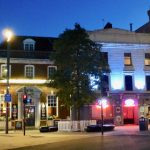
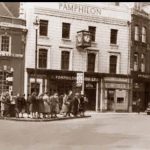

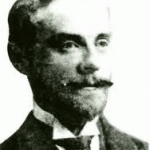
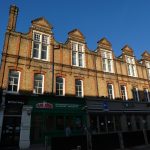

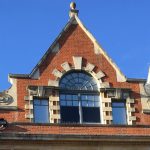


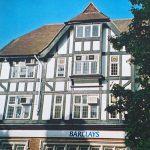
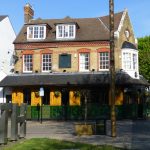
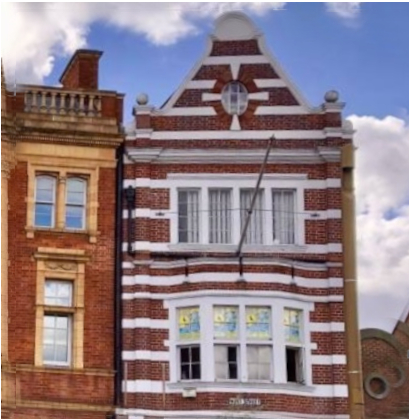





















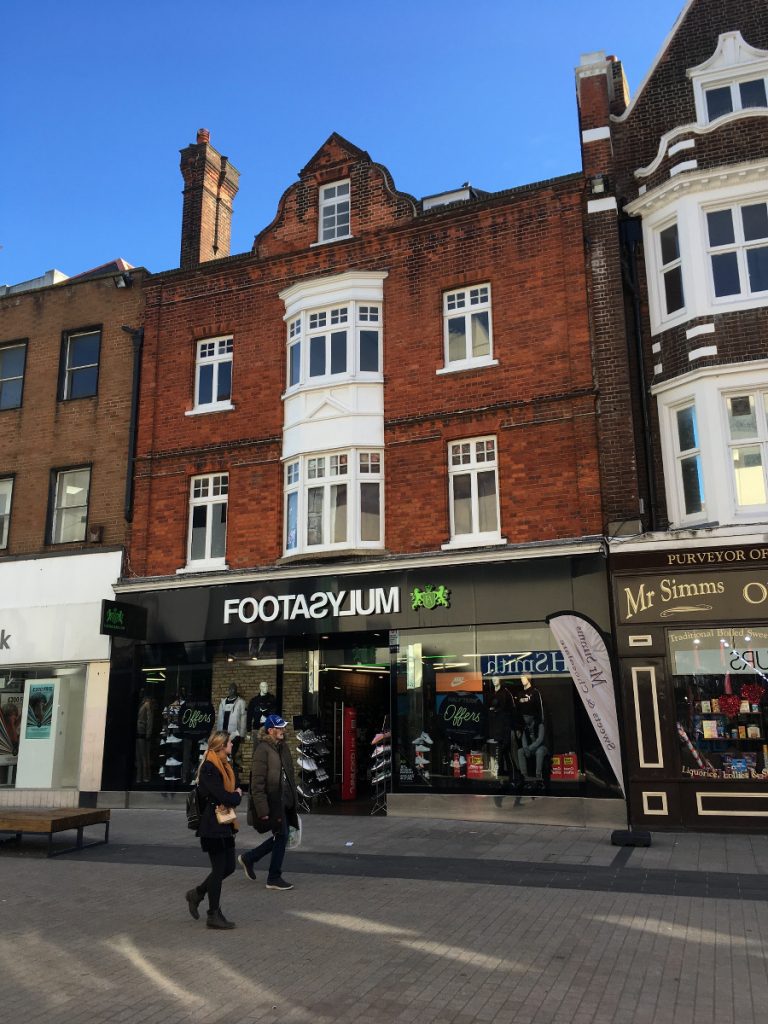
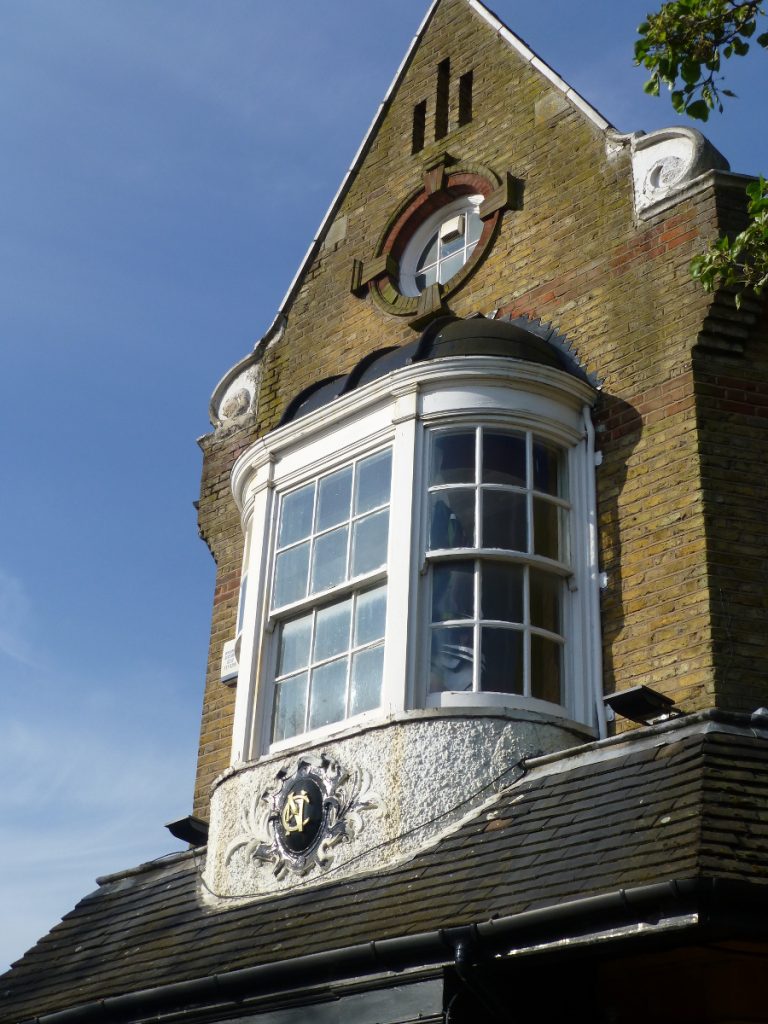

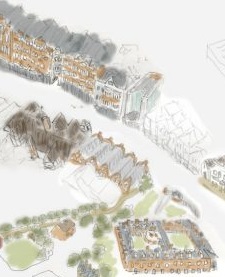
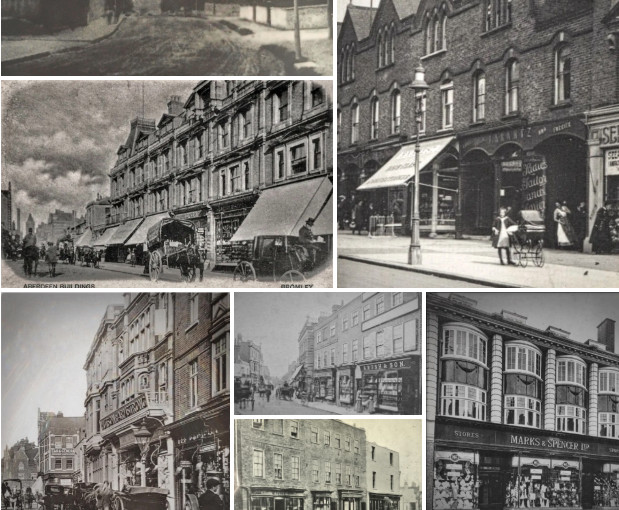 Browse our old photos, in
Browse our old photos, in 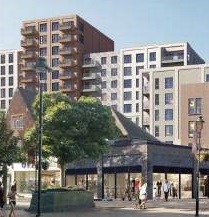 from being dominated by tower blocks: Look here and email our ward councillors about:
*
from being dominated by tower blocks: Look here and email our ward councillors about:
*